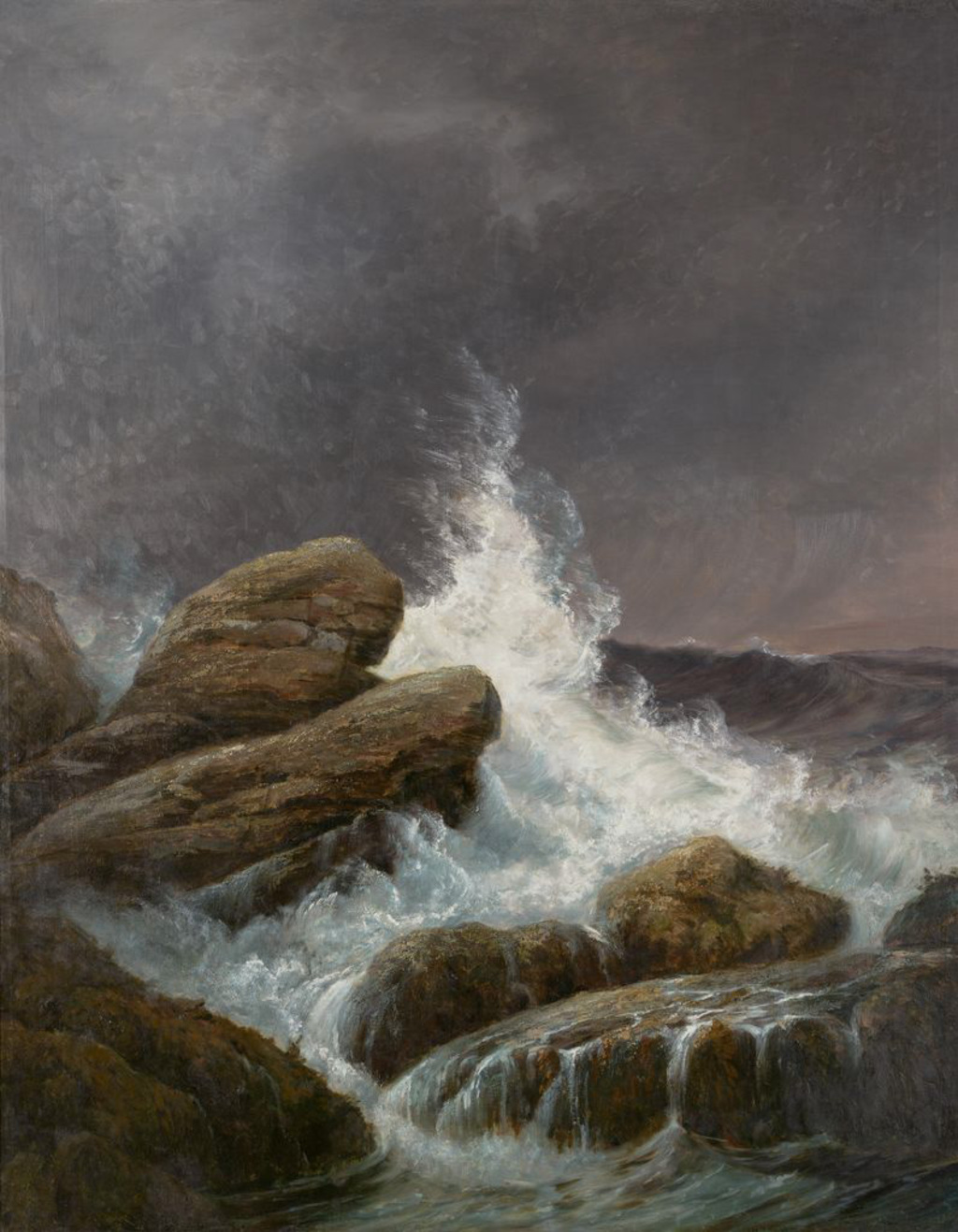
Gustave Doré was one of the most famous and prolific artists of the 19th century, known mainly for prints and drawings, particularly for the many illustrations he provided for important books of his time, such as John Milton’s Paradise Lost and Edgar Allan Poe’s The Raven. His career began as a teenager when he was hired by publisher Charles Philipon to provide cartoons for the satirical magazine Journal pour Rire. He also began producing oil paintings as a teenager, primarily landscapes of the Vosges and Alps. Financially successful thanks to his work as an illustrator, Doré purchased a former gymnasium in Paris in the 1850s to produce the large canvases which he aspired to paint. In 1868 he opened the Doré Gallery in London, which received 2.5 million visitors before it closed in 1892. That same year, a large group of his paintings were sent to the United States as an exhibition that traveled widely until 1898. Doré’s dramatic and exaggerated compositions were popular with the public but often drew criticism from his contemporaries. They were much admired, however, by artists Odilon Redon and Vincent van Gogh. His dramatic work is sometimes considered a precursor to the dreamworld of the Surrealists.
Throughout his career, Doré produced a large and varied body of landscape work, including watercolors, etchings, and oil paintings, like The Wave (L’Onde). Doré’s biographers noted the scenic beauty of the forest and mountains that formed the painter’s childhood environs. The artist himself expressed his love of mountainous terrains and developed into a skilled mountaineer, which may account for the large number of mountain scenes found among Doré’s landscapes. Art historian Philip Kaenel notes two important influences in the artist’s landscape style: the French realist Gustave Courbet and the Swiss landscape painter Alexandre Calame. Kaenel observes that Doré’s paintings combine the expressive impasto of Courbet with the “elegance and luminescence” of Calame’s work. Contemporary accounts report that Doré executed most of his earlier landscapes entirely from memory. Numerous small and rapidly executed watercolor landscapes, however, indicate that he later began making sketches from life and turning them into large-format paintings in the studio.